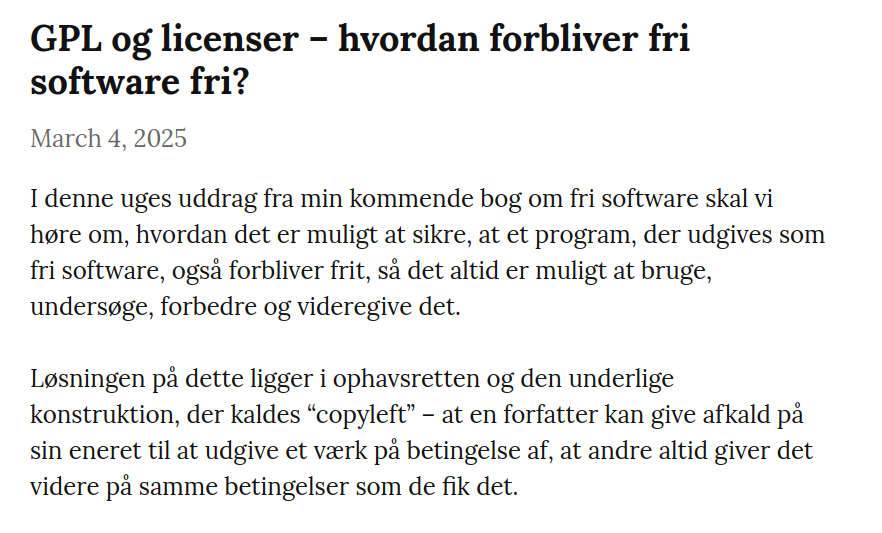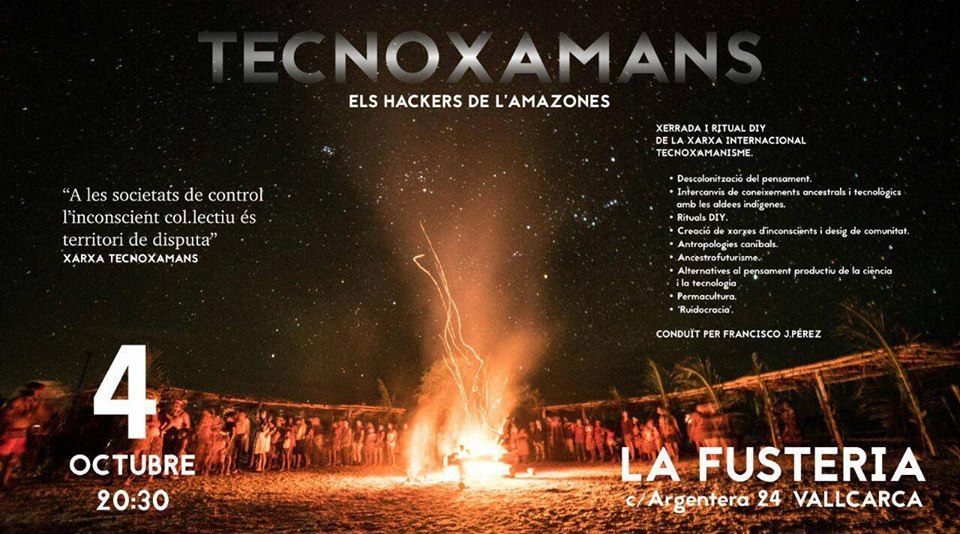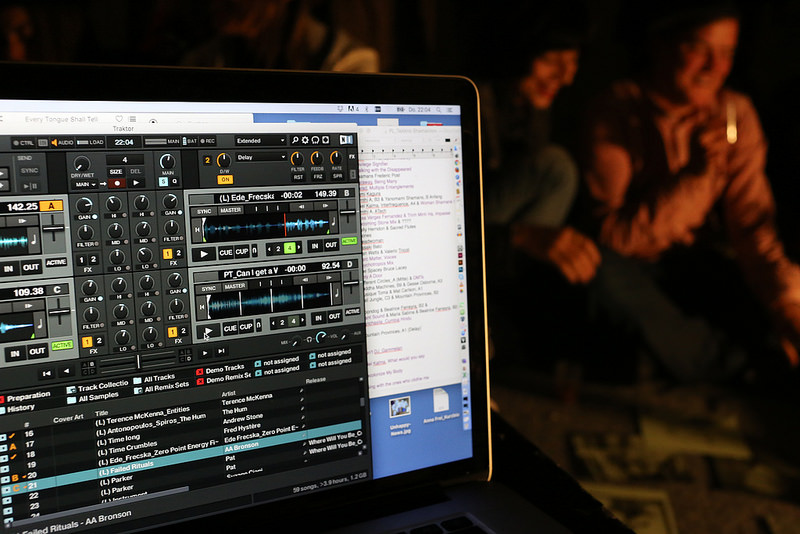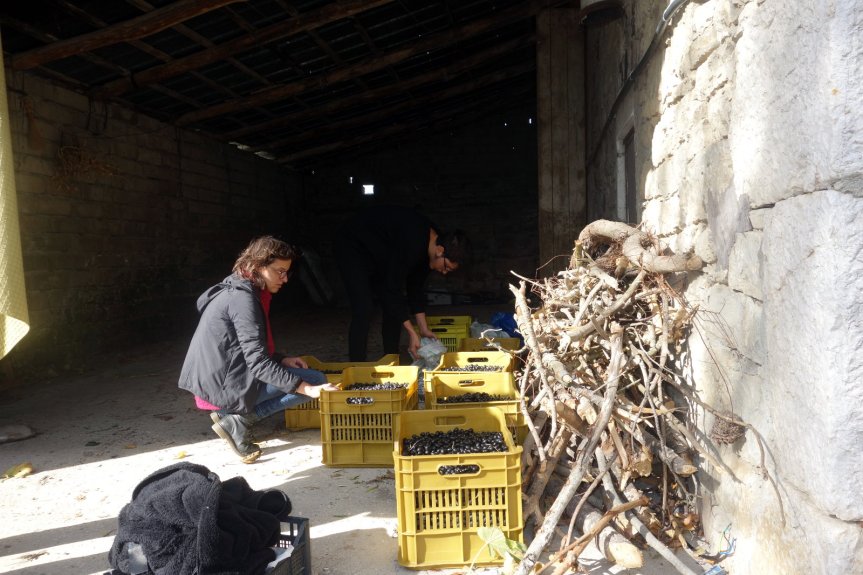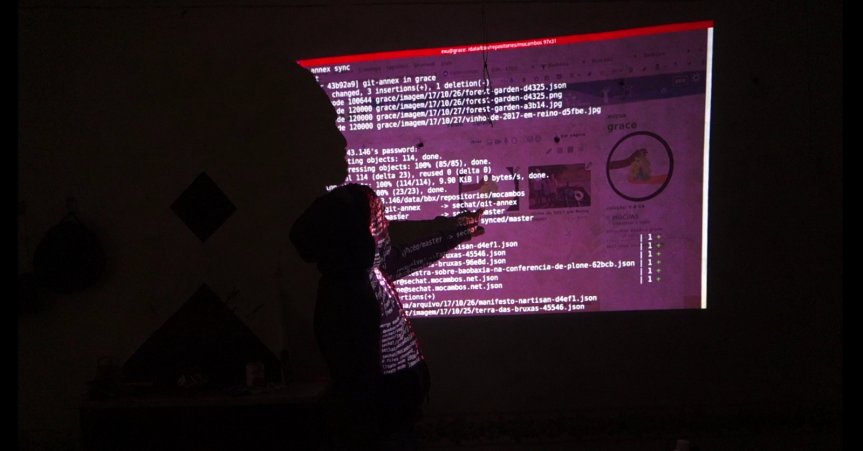On publishing Ada & Zangemann in Danish
I and Øjvind started working in the Danish translation of Ada & Zangemann in 2023, Øjvind as translator and myself as proofreader.
Throughout 2024, we tried pitching the book to a number of Danish publishing houses, to no avail: Some didn’t respond, others didn’t want to publish the book.
In order to get an idea of what it would take to just print it, we got a quote from the Danish printing house LaserTryk, and it seemed OK: About DKK 40,000 for 1,000 copies or DKK 52,000 for 2,000 (note: 1 DKK ~0.13€, i.e. 1€ ~ 7.5 DKK). We briefly entertained the idea of doing print on demand only but quickly dismissed the idea: It’s difficult for a book that’s print on demand only and doesn’t go through the whole publishing cycle the way a “real” printed book does to have the same kind of cultural impact. And of course we’d like this book to have the maximum cultural impact possible.
And yet, the only remaining option seemed to publish it ourselves. So I registered a company with the Danish authorities, and we – I, Nico, Øjvind and Matthias – started work on the production of the printable PDF.
In order to raise money for paying the printing bill and various other expenses, I did the following:
- I gave the newly formed company a loan of DKK 60,000 (~8,000€) from my own savings
- I contacted various organizations about buying copies of the book to support. Notably, PROSA (the IT worker’s union, who have often supported free software initiatives) pledged to buy 100 copies. The companies Magenta and Semaphor also pledged to buy some copies.
We also contacted the children’s coding charity Coding Pirates who bought a box (33 copies) to sell on their web shop.
This advance sales almost covered half the printing bill (we ended up printing 2,000 copies).
The next step was to tell people about the book. We did this, among other things, by having a premiere for the Danish edition of the Ada & Zangemann film on March 27; by posting on Maston etc., and by having an official book launch on June 16.
We also sent review copies to various newspapers, and we submitted two copies to the Danish National Bibliography.
By doing that, we ensured that the book was considered for purchase by the public libraries. This in fact resulted in the book getting a healthy recommendation.
A good friend who is a self-published author himself adviced me to get a deal with a distributor – that would mean the book is available on the portal all booksellers use to order books, and that the distributor can handle all the necessary shipping. Such an agreement is not free of charge (of course), but on the other hand they will send any proceeds from sales to bookstores and libraries on a monthly basis with no extra work for the publisher.
So, how does it look now that the book has been published?
So far, ~250 copies have been sold, either through advance sales (as noted) or to individuals paying directly to me. From this, I received money enough for the company to repay me DKK 30,000 in early May. The company at the time of writing holds about DKK 20,000 but also owes the tax authorities about DKK 6,500 which will be paid later in June.
All in all, subtracting some storage expenses the deal may be some DKK 20,000 in the red – i.e., I still need to make about DKK 20,000 to break even.
The FSFE has pledged to buy some copies, and that, combined with the money I expect to come in soon from sales in book stores and to libraries, should ensure the numbers will become black soon. Once the remaining DKK 20,000 have been repaid to my savings, the company must pay its own way.
So, as I said: When the actual sales to libraries etc. start, the numbers should start becoming black. When that happens, the company can reinvest, e.g. gifting books to schools to raise awareness of the book, etc.
Just for possible inspiration – self-publishing is kind of doable in that way. What’s important, if you wish to use this procedure in your own country, is to use the existing professional infrastructure for book publishing: Distributors, library reviewers etc., and thankfully I had good help with that.

